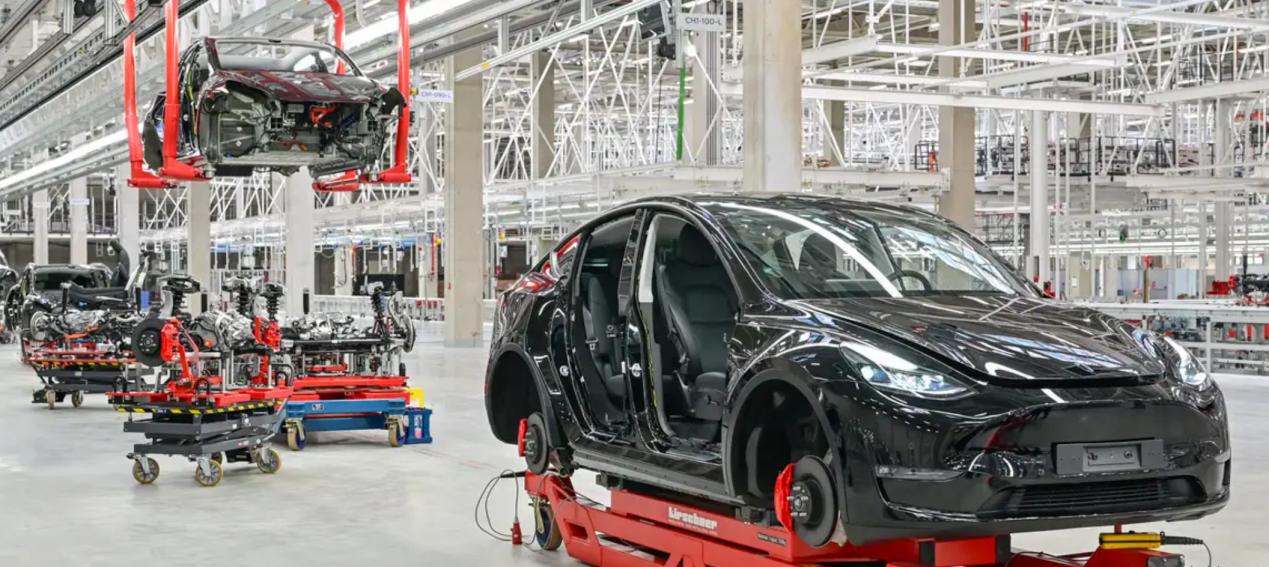
On October 28 local time, US President Trump made a high-profile announcement in Tokyo, Japan, to advance a $550 billion investment plan in the United States. Panasonic's $15 billion investment in energy storage systems was highlighted as a benchmark project. This investment cooperation, which has been called "a key footnote to revitalizing American industries" by the US media, is actually a special balance formed in the economic and trade game between Japan and the US. Through this joint list covering 21 potential projects, it is not difficult to discover the deep struggle between political demands and business rationality.
From the perspective of the agreement framework, this investment shows a distinct feature of being "dominated by the US side". As the core mechanism of the September trade framework agreement between Japan and the United States, the $550 billion investment focuses on four strategic areas: energy, AI infrastructure, and critical minerals. Among them, energy projects account for more than half. The potential scale of the nuclear reactor construction led by Westinghouse alone amounts to $100 billion. U.S. Commerce Secretary Lutnik made it clear that more than half of the funds will be invested in power and energy development, and the first project is expected to be finalized within the year and will definitely be in the power industry. More crucially, the "final decision lies in the United States" principle disclosed by Reuters has reduced Japanese enterprises to investment executors rather than decision-makers. Nomura Research Institute directly stated that this framework has evolved into a tool "serving the revival of American manufacturing".
For Japan, this investment is more like a "strategic compromise" in response to tariff pressure. At present, Japan's exports to the United States are still under policy pressure such as a 15% auto tariff. Japan's auto exports to the United States are expected to exceed 40 billion US dollars in 2024. Any increase in tariffs will severely damage its pillar industry. The self-mocking statement made by a relevant official from the Japanese government is quite profound: "If no documents are presented, the relationship with the United States will be hard to sustain." Prime Minister Saane Takaishi's use of the first summit to promote investment is essentially a move to exchange economic concessions for a stable trade environment, attempting to replicate the historical experience of the automotive industry in circumventing "autonomous export regulation" through compromise. However, such a compromise comes at a high cost. Japanese government-backed financial institutions need to provide financing and guarantee support for enterprises, partially transferring commercial risks to public risks.
The hesitant attitude at the enterprise level highlights the essential contradiction of investment. The total scale of the 16 projects marked on the list amounts to 393.45 billion US dollars, accounting for 71.5% of the planned total. However, all of them are marked as "potential". The involved enterprises such as Panasonic and Hitachi all stated that they "have not yet decided to execute the investment". The prudence of enterprises is not without reason: on the one hand, the investment structure is complex and the rate of return is unclear. As Japanese officials have frankly stated, "High-return projects do not need government promotion." On the other hand, the US side may force the selection of projects that do not conform to Japan's strategic interests, leaving enterprises in a dilemma of "investing against their will or facing tariff retaliation". When Trump mentioned Toyota's investment in a factory worth tens of billions, its spokesperson only responded with "verifying the specific matters", which further exposed the temperature difference between the positions of enterprises and the government.
From the perspective of industrial impact, investment plans may reshape the global industrial chain layout. Panasonic's $15 billion investment in energy storage directly targets the power demand gap brought about by the expansion of data centers in the United States, complementing Mitsubishi Electric's AI data center power system project. The trillion-yuan cooperation in the nuclear energy field may activate the technological reserves of Japanese enterprises such as Mitsubishi Heavy Industries and Toshiba, and form an energy cooperation model of "capital + technology" with the United States. However, the concentration of investment in critical minerals and AI infrastructure may also intensify the global competition for resources in related fields and push up the costs of the industrial chain.
This unprecedentedly large-scale cross-border investment is ultimately the product of political logic overriding commercial logic. For the United States, it provides a steady stream of funds for the "return of manufacturing". For Japan, this is a reluctant move after weighing the benefits of exports. For enterprises, it is necessary to strike a balance between policy pressure and business rationality. With the finalization of the first project at the end of the year, the true value of the $550 billion investment will gradually become apparent. But it is certain that in the current context of profound adjustments in the global economic and trade landscape, such investment cooperation backed by political commitments is bound to be constantly tested in the game of interests.

The global electric vehicle market in 2025 is experiencing intense turbulence. Tesla, once a disruptor that reshaped the industry landscape, is now mired in an unprecedented sales crisis.
The global electric vehicle market in 2025 is experiencing …
Recently, Chinese telecom companies Huawei and ZTE signed a…
Recently, according to Xinhua News Agency, Israel's air str…
A strongly worded report from the Equality Trust argues tha…
On November 27, 2025, Alibaba officially entered the global…
The focus of the global financial market in 2025 has always…